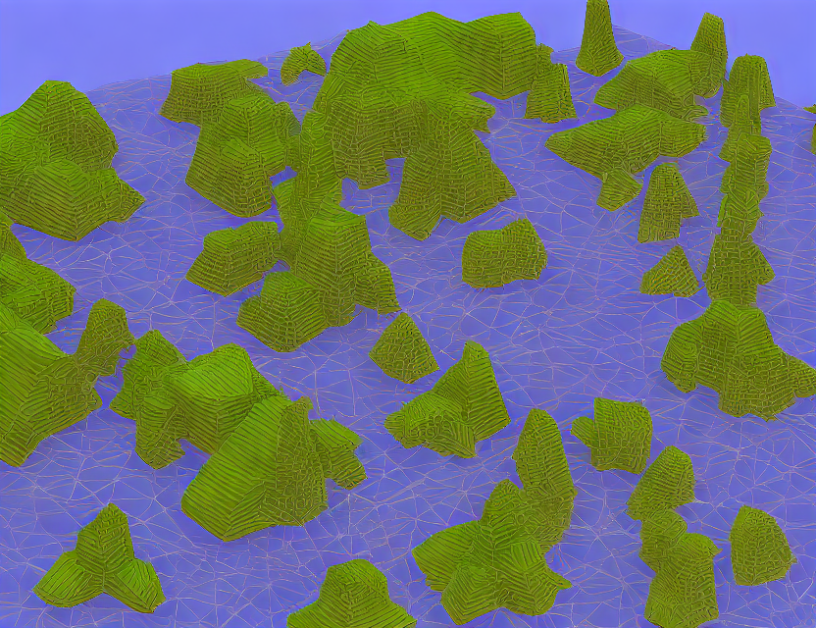Deep neural networks (DNNs) are widely used in various applications, including natural language processing, image processing, and signal processing. However, understanding how these DNNs learn representations is crucial for improving their performance on downstream tasks and enhancing model interpretability, fairness, and robust explanation. This work aims to address this challenge by proposing an approach that reduces the memory consumption of DNNs while maintaining their state-of-the-art performances in various tasks.
Methodology
The proposed approach compares our approach with two task-independent representation characterization bases and shows that we can obtain up to 30% memory savings without sacrificing performance. Additionally, the proposed method reduces the run-time of computing p-value ranges by up to 4 times compared to existing methods, which may enhance the robustness of the representations. The approach is validated using several pre-trained models and multiple datasets.
Key Findings
The key findings of this work include the following
- Our proposed approach can obtain up to 30% memory savings while maintaining state-of-the-art performances in various tasks.
- By employing p-value ranges instead of traditional empirical p-values, we may enhance the robustness of the representations.
- The proposed method reduces the run-time of computing p-value ranges by up to 4 times compared to existing methods.
Implications
The implications of this work are significant, as it demonstrates that DNNs can be made more efficient without sacrificing their performance. This could lead to wider adoption and better deployment of DNNs in various applications. Additionally, the proposed method provides a new perspective on how to improve the efficiency of DNNs, which could lead to further innovations in this field.
Conclusion
In conclusion, this work proposes an efficient approach for reducing the memory consumption of DNNs while maintaining their state-of-the-art performances in various tasks. The proposed method has significant implications for improving the efficiency and adoption of DNNs in various applications. By using p-value ranges instead of traditional empirical p-values, we may enhance the robustness of the representations. The approach is validated using several pre-trained models and multiple datasets, demonstrating its effectiveness and reliability.



